Song of the Brush Dance of the Ink Now Available in Bookstores!
We held our 8th Annual Autumn Exhibition for the Zen Nihon Shodo Rengokai in Ginza at the Salon de G on Oct 22, 2022.
A Professor of Art visiting our exhibition remarked that,
"In Art you See, then Feel, then Read.
In Literature you Read, then Feel, then See
But in Calligraphy you both Read and See, then Feel."
It is uniquely both painting and literature at the same time.
I was honored to receive the International Cultural Artist Grand Prize.
大原や
蝶が出てくる
朧月
oohara ya
chou ga detekuru
oboro tsuki
across the meadows
butterflies dart here and there
under hazy moon
As you appreciate this haiku poem, see how it shifts so seamlessly between words, images, and feelings.
A Professor of Art visiting our exhibition remarked that,
"In Art you See, then Feel, then Read.
In Literature you Read, then Feel, then See
But in Calligraphy you both Read and See, then Feel."
It is uniquely both painting and literature at the same time.
I was honored to receive the International Cultural Artist Grand Prize.
大原や
蝶が出てくる
朧月
oohara ya
chou ga detekuru
oboro tsuki
across the meadows
butterflies dart here and there
under hazy moon
As you appreciate this haiku poem, see how it shifts so seamlessly between words, images, and feelings.

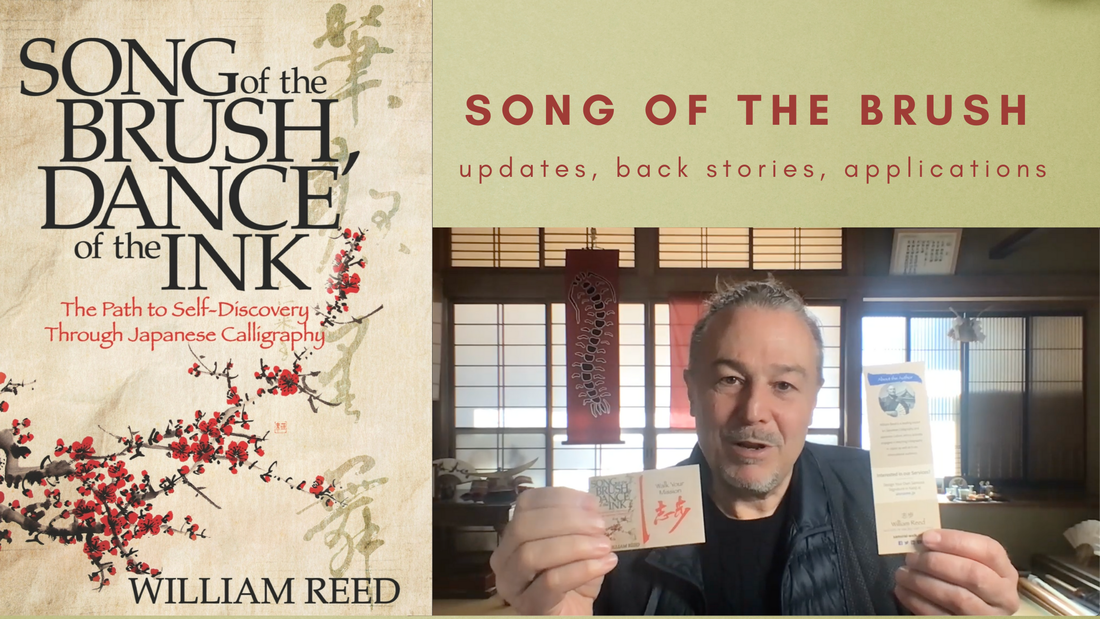
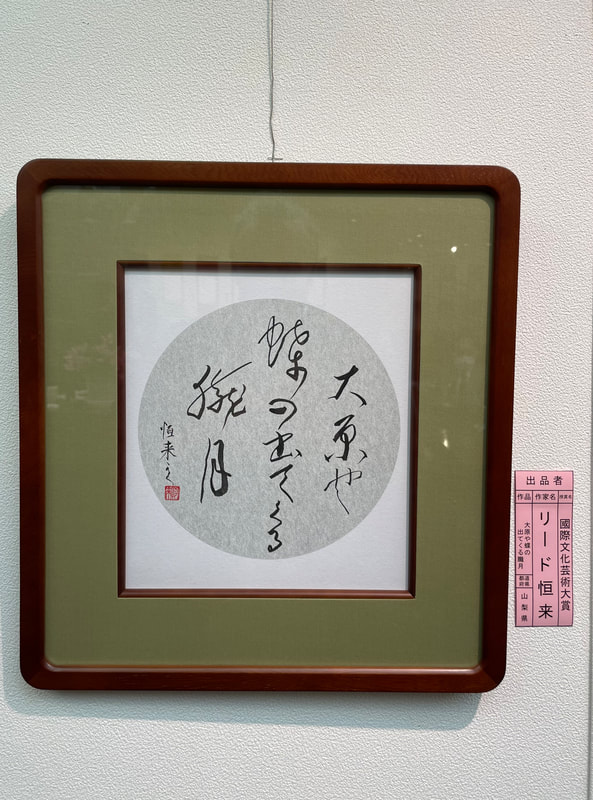
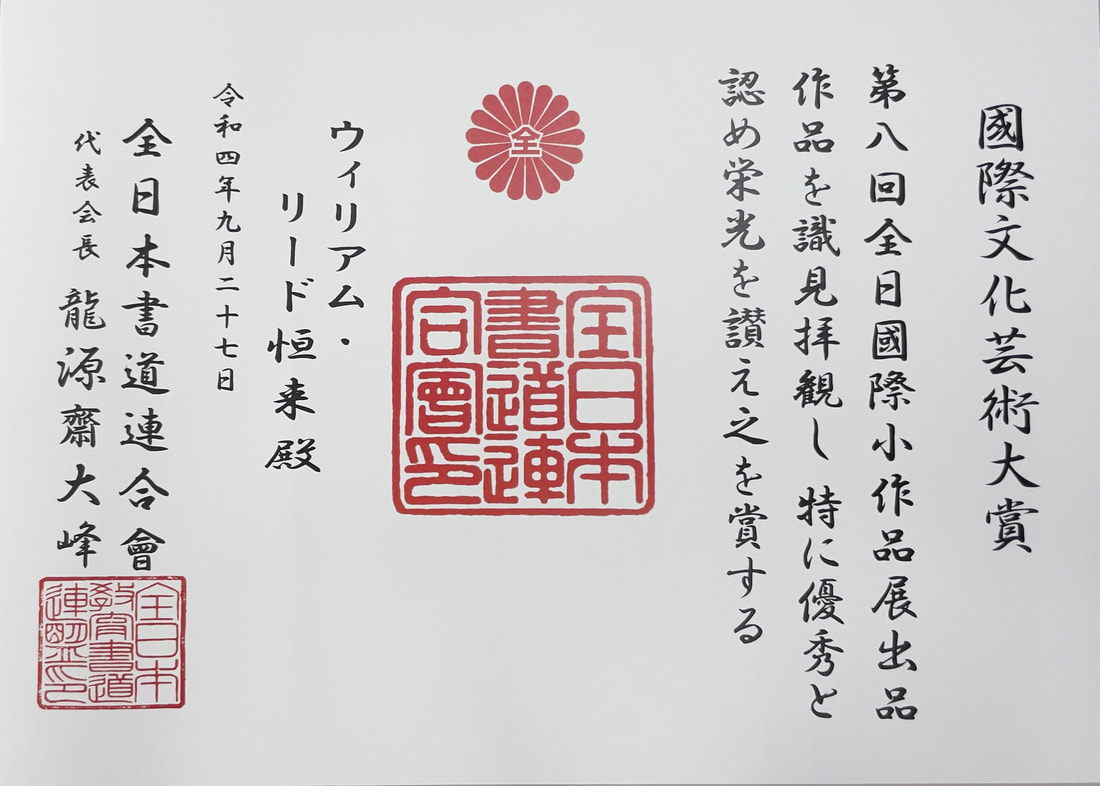
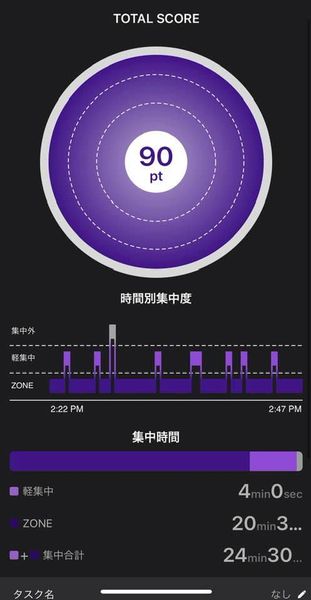
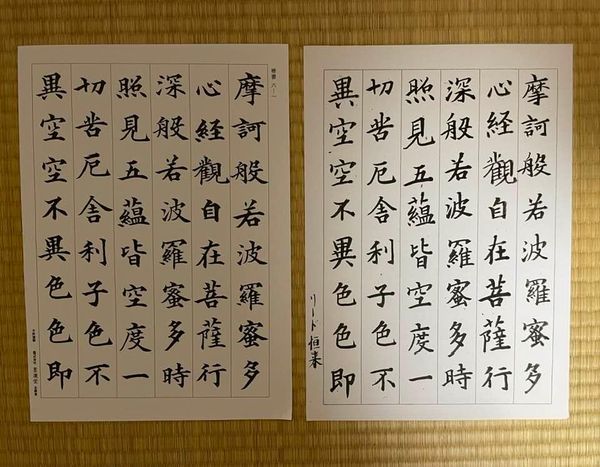
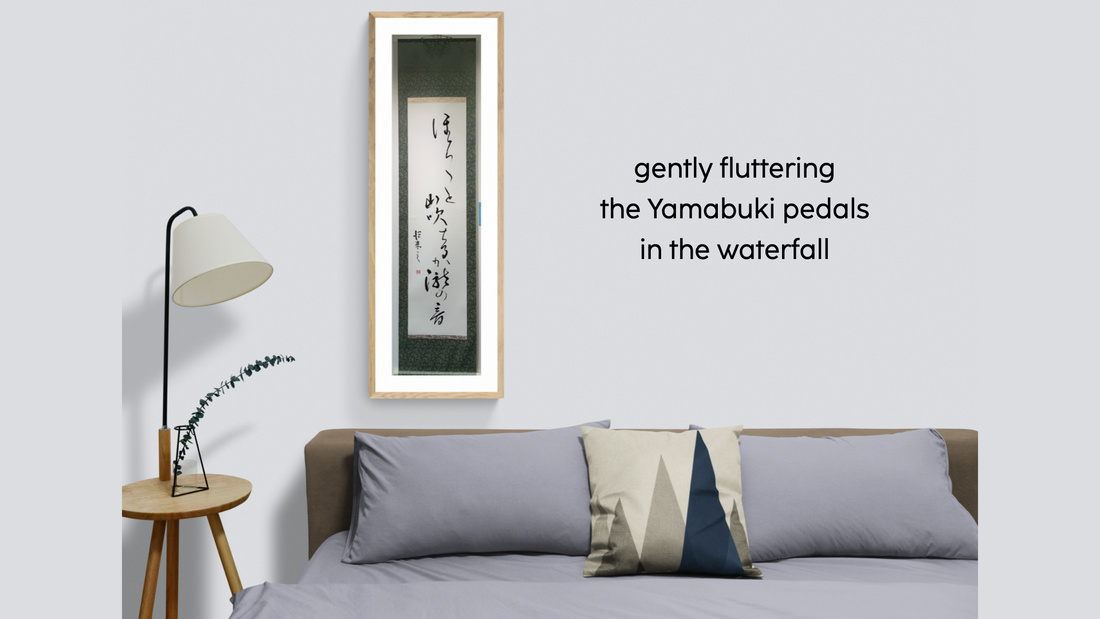
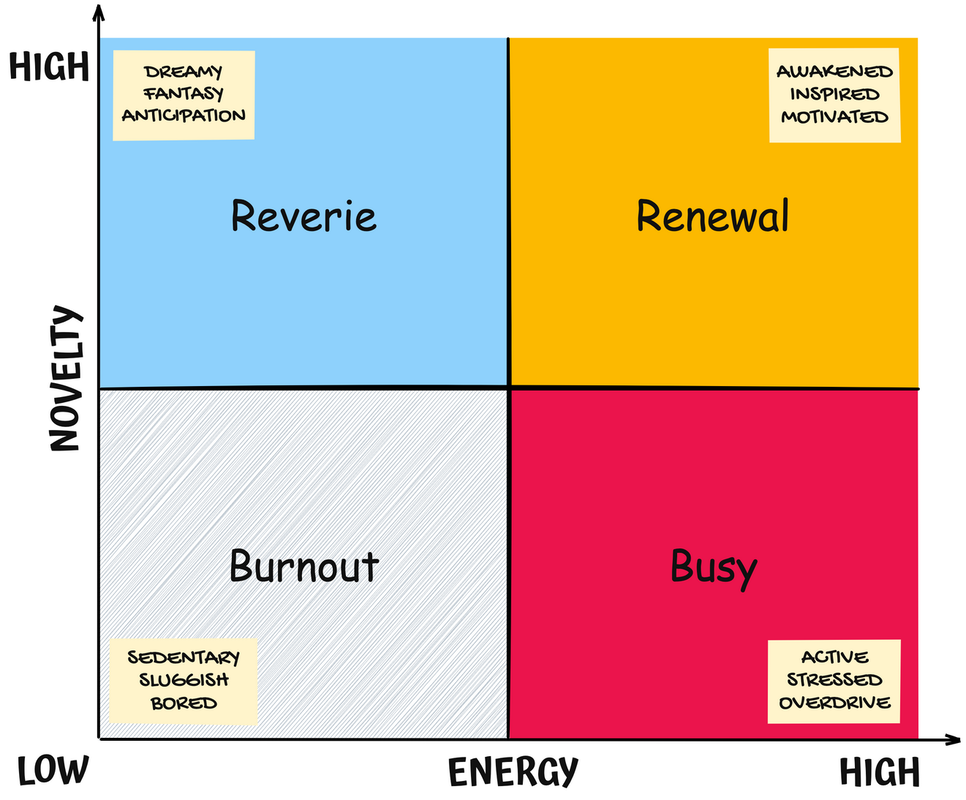
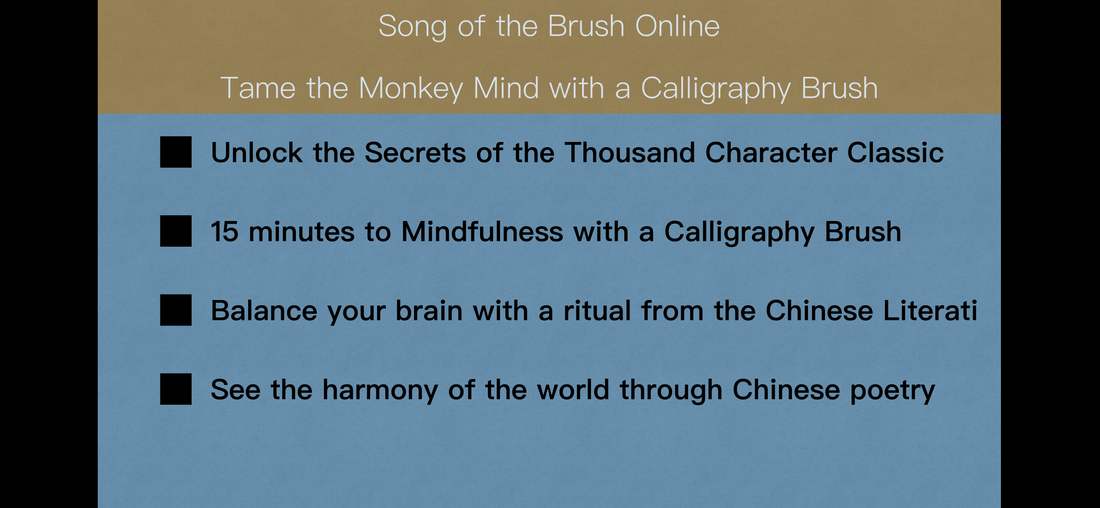

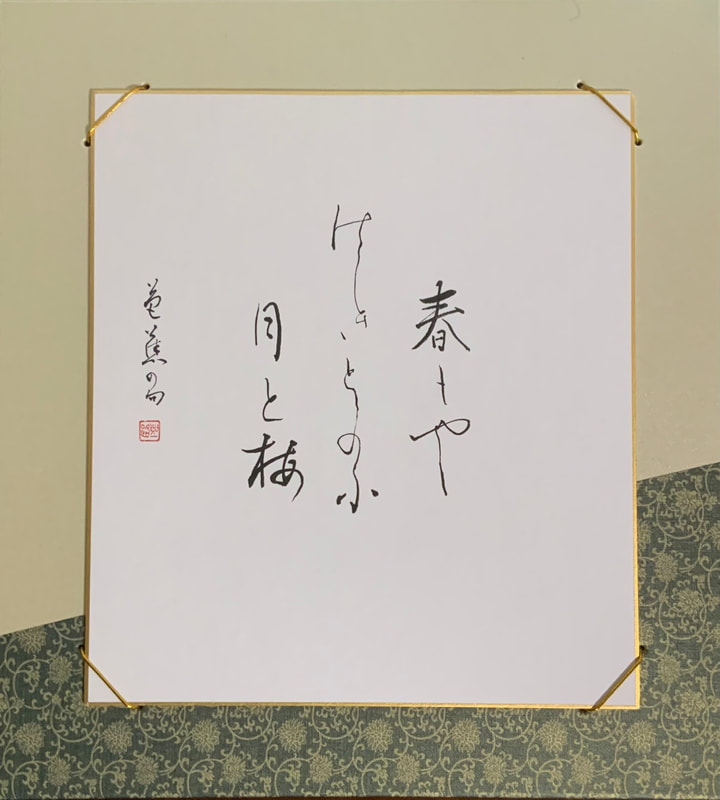
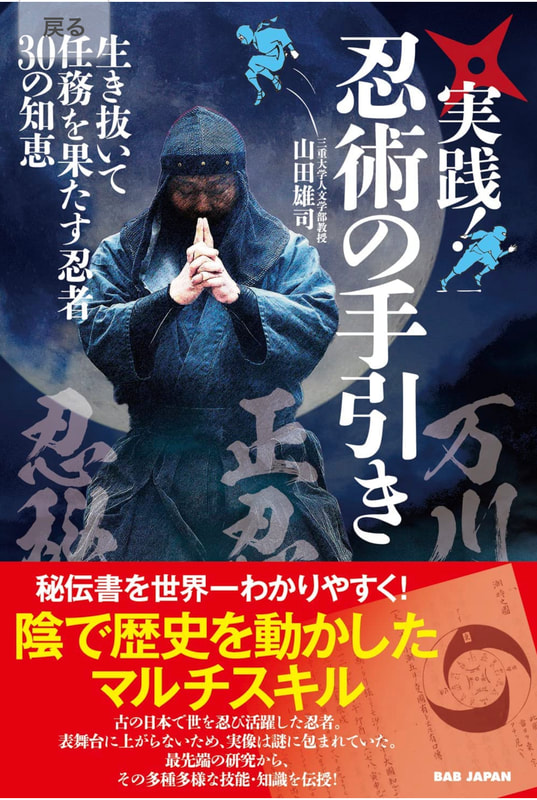
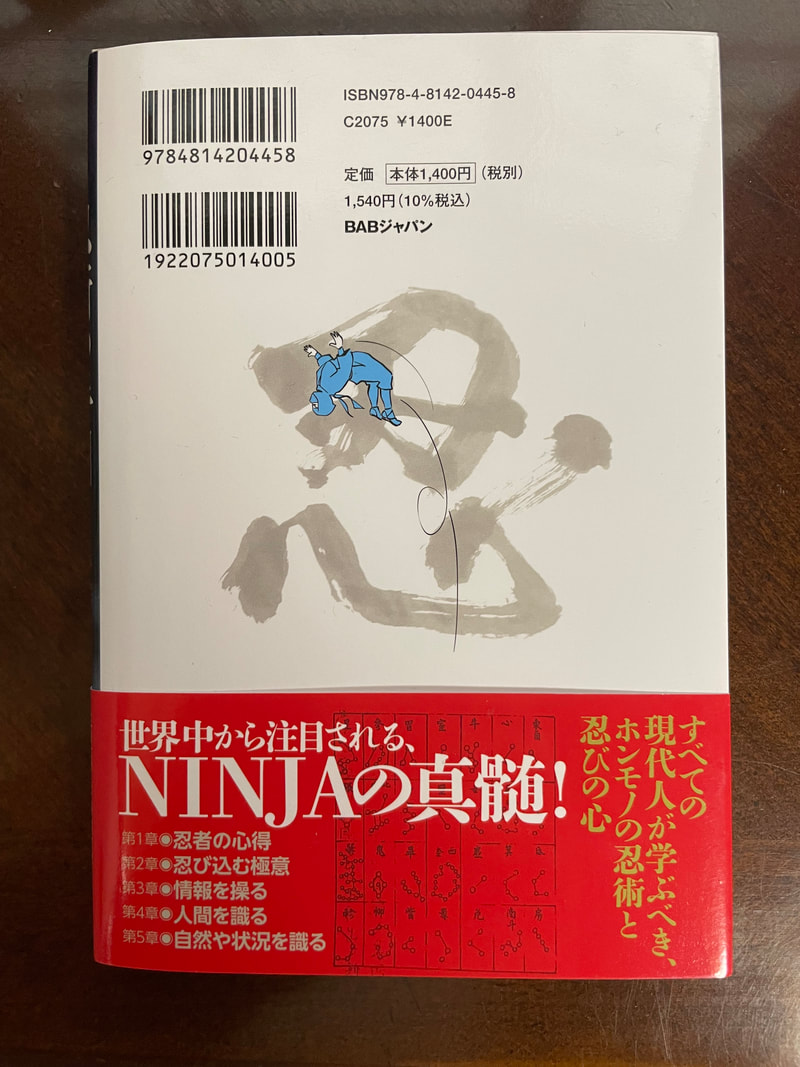
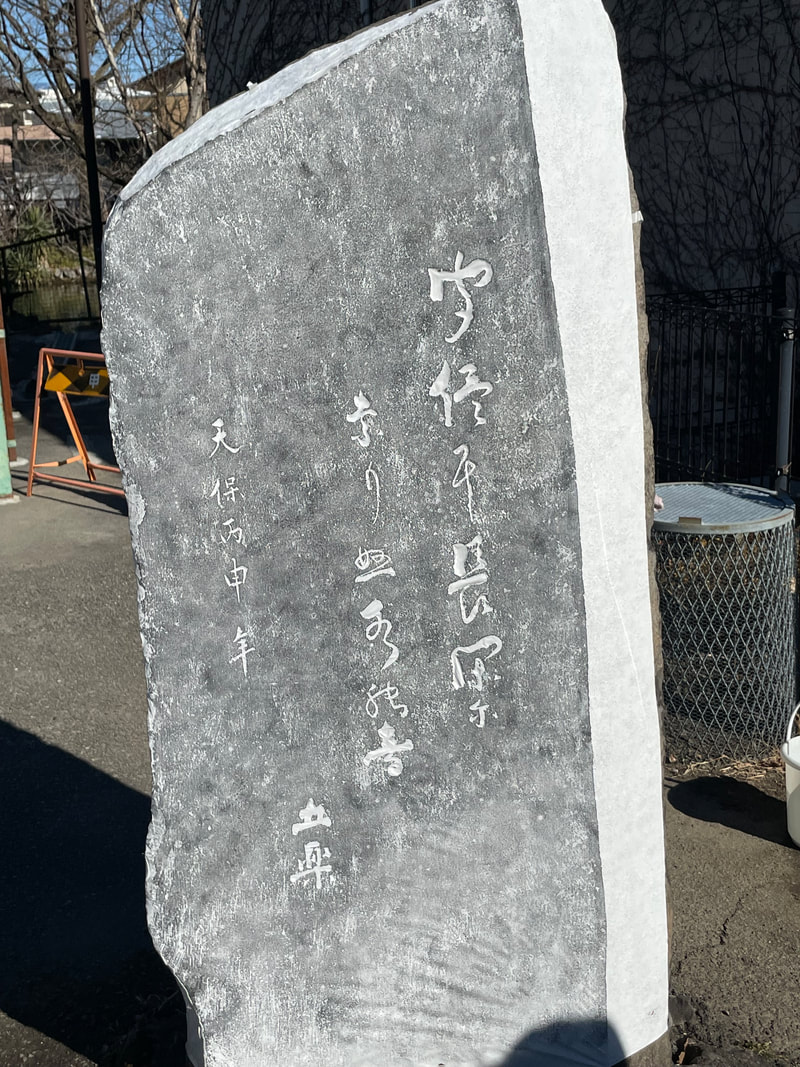
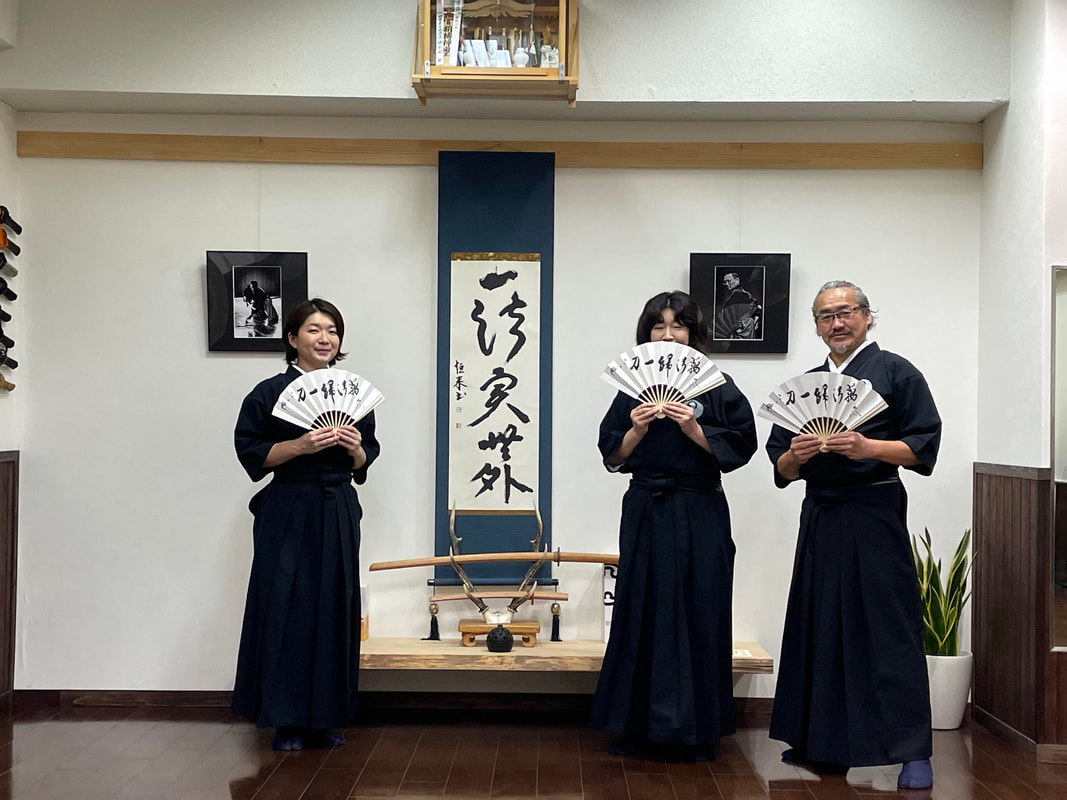
 RSS Feed
RSS Feed